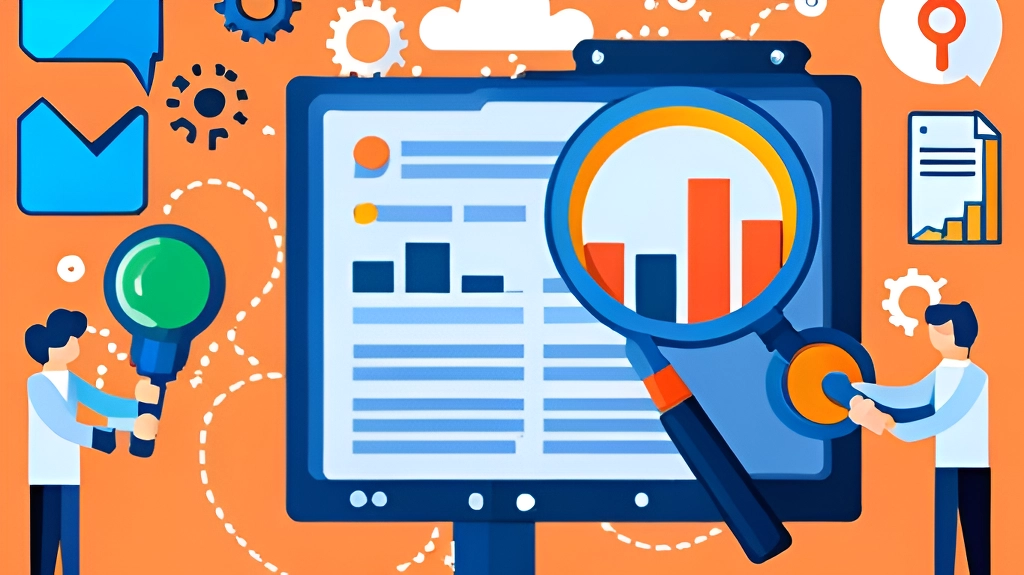Website Security Matters: Best Practices and Essential Tools

In today’s digital landscape, website security is of paramount importance. Cyber threats, data breaches, and malicious attacks are constant challenges that website owners must address to protect their data and users. Implementing robust security measures is crucial to safeguarding your website from potential vulnerabilities and ensuring a safe browsing experience for visitors. In this article, we will explore the best practices and essential tools for website security to help you fortify your online presence.
Best Practices for Website Security:
1. Keep Software and Plugins Updated:
Regularly update your website’s CMS (Content Management System), plugins, themes, and any other software. Software updates often include security patches that address known vulnerabilities, reducing the risk of exploitation.
2. Use Strong Passwords:
Enforce the use of strong, unique passwords for all user accounts on your website. Avoid default or easily guessable passwords, and consider implementing multi-factor authentication for an added layer of security.
3. Enable HTTPS:
Ensure that your website uses HTTPS (Hypertext Transfer Protocol Secure) to encrypt data transmitted between the server and users’ browsers. HTTPS not only protects sensitive information but also boosts your website’s search engine rankings.
4. Regular Backups:
Frequently back up your website’s data and files. In the event of a security breach or data loss, backups will enable you to restore your website to a previous state.
5. Implement Web Application Firewall (WAF):
A WAF helps protect your website from various online threats, including DDoS attacks, SQL injection, and cross-site scripting (XSS). It filters and monitors incoming traffic, blocking malicious requests before they reach your web server.
6. Limit User Access:
Grant user access only to those who require it for specific roles or tasks. Restrict administrative privileges to prevent unauthorized access and potential damage.
7. Use CAPTCHA and Anti-Spam Measures:
Implement CAPTCHA and other anti-spam measures to deter automated bots from abusing your website’s forms and comments sections.
8. Regular Security Audits:
Conduct regular security audits of your website’s code and configurations to identify vulnerabilities and weaknesses that need to be addressed.
9. Monitor Website Activity:
Monitor your website’s activity and logs for suspicious behavior or unusual patterns. Anomaly detection can help identify potential security threats.
10. Educate Users:
Educate users, including website administrators and contributors, about best security practices to ensure that they follow proper protocols and avoid common pitfalls.
Essential Tools for Website Security:
1. Security Plugins:
Use security plugins specifically designed for your CMS platform, such as Wordfence for WordPress or Sucuri for various platforms. These plugins offer features like firewall protection, malware scanning, and security hardening.
2. SSL Certificates:
Obtain and install SSL certificates from reputable Certificate Authorities to enable HTTPS encryption for your website.
3. Web Application Firewall (WAF) Services:
Consider using cloud-based WAF services like Cloudflare or Sucuri, which offer protection against various online threats and provide content delivery network (CDN) services for enhanced performance.
4. Password Managers:
Encourage the use of password managers to generate and securely store strong, unique passwords for all user accounts.
5. Backup Solutions:
Implement automated backup solutions that regularly store copies of your website’s data and files in secure locations.
6. Security Scanning Tools:
Utilize security scanning tools like Acunetix or OWASP ZAP to scan your website for potential vulnerabilities and security weaknesses.
7. Monitoring and Analytics:
Use tools like Google Analytics and security monitoring services to keep track of your website’s performance and detect any suspicious activity.
8. Malware Scanners:
Install and run malware scanners to periodically check your website for any signs of malicious code or files.
9. Content Security Policy (CSP):
Implement a Content Security Policy to mitigate the risk of cross-site scripting (XSS) attacks by controlling which resources are allowed to be loaded on your website.
10. Two-Factor Authentication (2FA):
Enable 2FA for user accounts to add an extra layer of security during the login process.
Conclusion
Website security is a multifaceted endeavor that requires a combination of best practices and effective tools to protect your website from potential threats. By following the best practices and implementing essential security tools, you can fortify your website against cyberattacks, data breaches, and other security risks. Remember that website security is an ongoing process, and staying vigilant and proactive is key to maintaining a secure online presence. Prioritizing website security not only safeguards your data and users but also helps build trust and confidence in your website, fostering a positive and secure browsing experience for all visitors.



